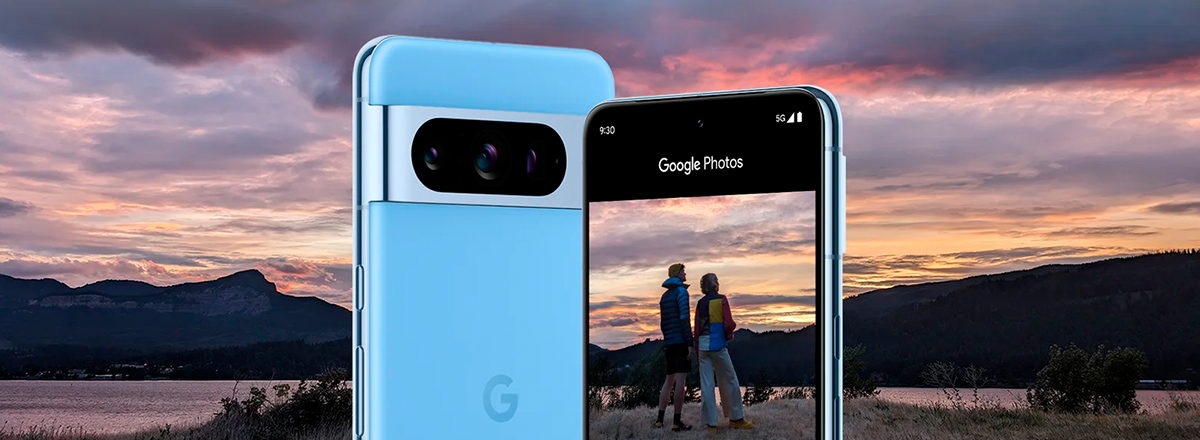On October, Google unveiled its latest flagship smartphones, the Pixel 8 and Pixel 8 Pro. While many of their specs had been leaked earlier, the company had more to share about their impressive AI capabilities and sleek design.
Both phones feature a refreshed design with rounded contours, new colors, and IP68 water resistance. Notably, they are designed for easy repair.
Meet #Pixel8 & 8 Pro—engineered by Google with AI controlled by you.
— Made by Google (@madebygoogle) October 4, 2023
?Video Boost, Night Sight Video & Pro Controls on 8 Pro*
?Audio Magic Eraser*
?Edit pics w/ Best Take & Magic Editor*
✅Protects your info* & saves you time*
*See video & learn more: https://t.co/W5h2L96F0q pic.twitter.com/ymfSrw1A0V
Display-wise, both models offer flat screens. The Pixel 8 features a 6.2-inch OLED display with a peak brightness at 2,000 nits and a 60-120Hz variable refresh rate. Pixel 8 Pro has a 6.7-inch LTPO OLED display with a peak brightness at 2,400 nits and a 1-120Hz variable refresh rate.
Under the hood, they are powered by the new Google Tensor G3 chip with 8GB of RAM (12GB for Pixel 8 Pro) and 128GB of storage. Both support Wi-Fi 7, Bluetooth 5.3, and NFC.
The Pixel 8 features a 50MP main camera and a 12MP wide-angle sensor. The Pixel 8 Pro has the same main camera but with improved focusing, a 48MP wide-angle lens, and a 5x optical zoom telephoto lens.
Among the new AI features, Google highlighted the ability to change faces in photos using Best Take, instantly correcting photos where someone blinked or turned away.
The new smartphones introduce the Magic Editor for enhancing photos, allowing users to change lighting, backgrounds, and object positions. Additionally, there's Video Boost, an AI feature that automatically adjusts contrast, brightness, and saturation, enhancing video quality.
With AI in your hands, #Pixel8 is our most powerful, personal Pixel yet.
— Made by Google (@madebygoogle) October 12, 2023
?Add custom edits to any pic w/ Magic Editor*
?Reduce distracting sounds w/ Audio Magic Eraser*
????Combine similar photos into one great pic w/ Best Take*
*See video & learn more: https://t.co/bnX20X0Ozy pic.twitter.com/FiSqtkPqeP
The Pixel 8 Pro incorporates a temperature sensor near the cameras, capable of measuring body temperature or beverage temperatures, similar to a contactless thermometer.
Prices start at $699 for the Pixel 8 and $999 for the Pixel 8 Pro in the U.S. The Pixel 8 and Pixel 8 Pro will be available in stores starting from October 12.


